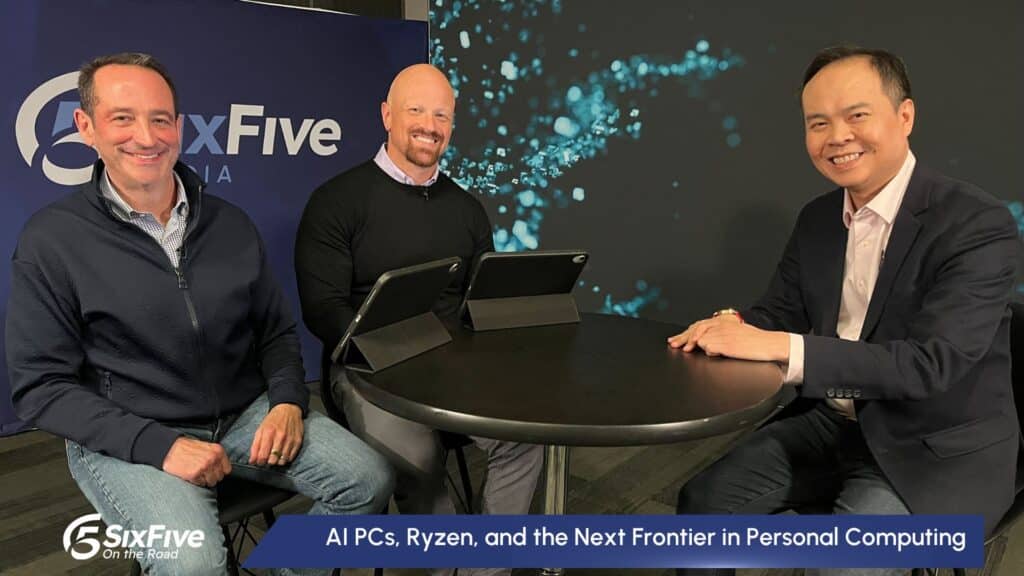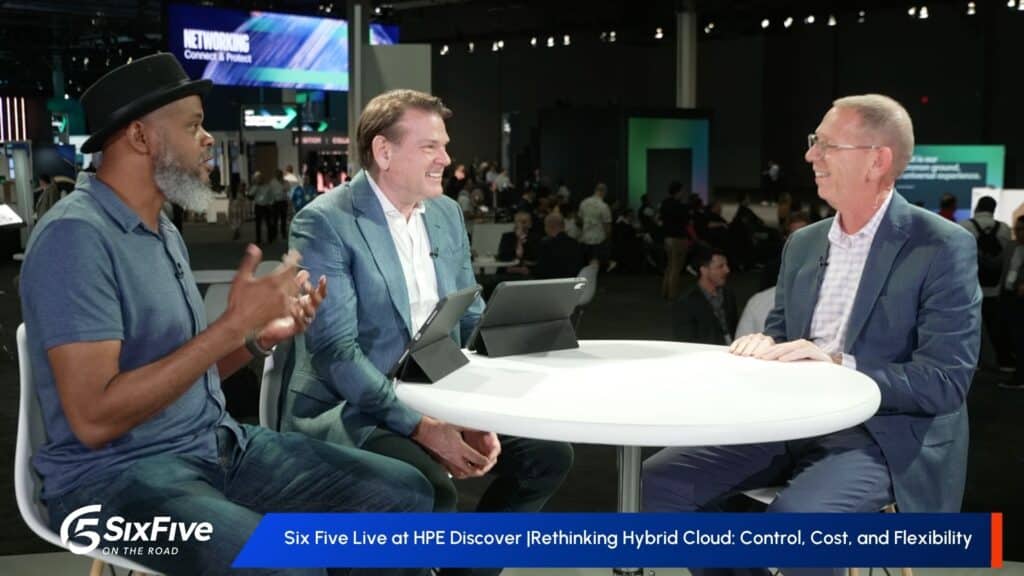In past decades, many consumers rarely gave much thought to how the food they consume is processed, which ingredients were used, and from where the raw ingredients were sourced. But today, with health and dietary restrictions, concerns about the ethical treatment of animals, and issues around sustainability on the minds of consumers, manufacturers of food products must be prepared to engage directly with their customers to address these concerns. Most importantly, food that is purchased should be free of disease or rot, available for sale prior to its expiration date, and should meet the quality expectations of its target customers.
Today’s customers have a greater array of options when it comes to purchasing food; if they are unsatisfied with a product or brand, they can usually find an alternative via an online retailer or distributor, or even via a direct manufacturer. That is why it is critical to understand end customers, as well as ensure communications with intermediaries (such as distributors, retailers, or partners) remain open and frequent.
One of the most direct ways manufacturers can engage with their customers is to ensure they have a CRM system to capture each customer’s data, their journey with the company, and any feedback they have provided via surveys, direct contact with the company, or on social media. Even if end customers cannot purchase products directly from a manufacturer, collecting feedback from them can help ensure specific issues with products are not overlooked.
For example, using a coupon or discount offer can entice customers to register with the company on its website, which provides an opportunity to collect feedback on the products they use, as well as establish a channel for marketing, sales, and feedback.
By creating a single source of truth for customer data, any interactions that a manufacturer has with a customer can be tracked, so that the appropriate amount of personalization, customization, and relevance can be applied, whether the interaction occurs with a live customer service representative or through digital channels.
Additionally, the feedback can be used to improve the quality or features of the product, essential elements of providing good CX. Customers expect food to adhere to strict quality measures, and if there is a problem, resolving the issues quickly can not only help address food safety concerns, but also other issues that may arise due to improper transport, storage, or display processes.
Additional techniques that can be used to improve customer service in food manufacturing include:
Add new customer service channels: Customers now expect food manufacturers to be available instantly through digital channels like email, social media, and live chat.
Provide detailed FAQs: FAQs should include key product information that goes beyond a simple ingredient list, and also details the sourcing of ingredients, as well as details on how the product is shipped and transported to its destination. This is also a place to provide details on why specific ingredients that may be used in a product that have been deemed unhealthy, such as MSG, are actually not harmful.
Leverage advanced technology: In addition to technology like AI, food manufacturers should also be looking at other forms of tech like virtual reality (VR) and augmented reality (AR). VR and AR can be used to communicate complex issues more vividly, such as manufacturing processes, to customers. Traditional video content can also be used to explain policies such as a company’s stance on controversial issues.
Keep communication lines between distributors, retailers, and partners open: A key challenge for food manufacturers is that key components impacting an end-customer’s overall experience with the product are not directly under their control. Prior to manufacturing, raw material suppliers are responsible for ensuring the quality and safety of ingredients used to make products. And once a food or beverage product leaves the manufacturing facility, it must be properly handled throughout all phases of storage, long-distance transportation, local delivery, and retail display. This creates opportunities for physical damage, temperature swings, and other potential issues that could impact the product.
That is why it is important to maintain open lines of communication with all partners across the supply chain, from the initial suppliers to the retailer or online retailer. If end-user complaints or concerns come into any one of these organizations, these insights can be shared to ensure that the root cause of an issue is addressed effectively.
Author Information
Keith Kirkpatrick is Research Director, Enterprise Software & Digital Workflows for The Futurum Group. Keith has over 25 years of experience in research, marketing, and consulting-based fields.
He has authored in-depth reports and market forecast studies covering artificial intelligence, biometrics, data analytics, robotics, high performance computing, and quantum computing, with a specific focus on the use of these technologies within large enterprise organizations and SMBs. He has also established strong working relationships with the international technology vendor community and is a frequent speaker at industry conferences and events.
In his career as a financial and technology journalist he has written for national and trade publications, including BusinessWeek, CNBC.com, Investment Dealers’ Digest, The Red Herring, The Communications of the ACM, and Mobile Computing & Communications, among others.
He is a member of the Association of Independent Information Professionals (AIIP).
Keith holds dual Bachelor of Arts degrees in Magazine Journalism and Sociology from Syracuse University.







